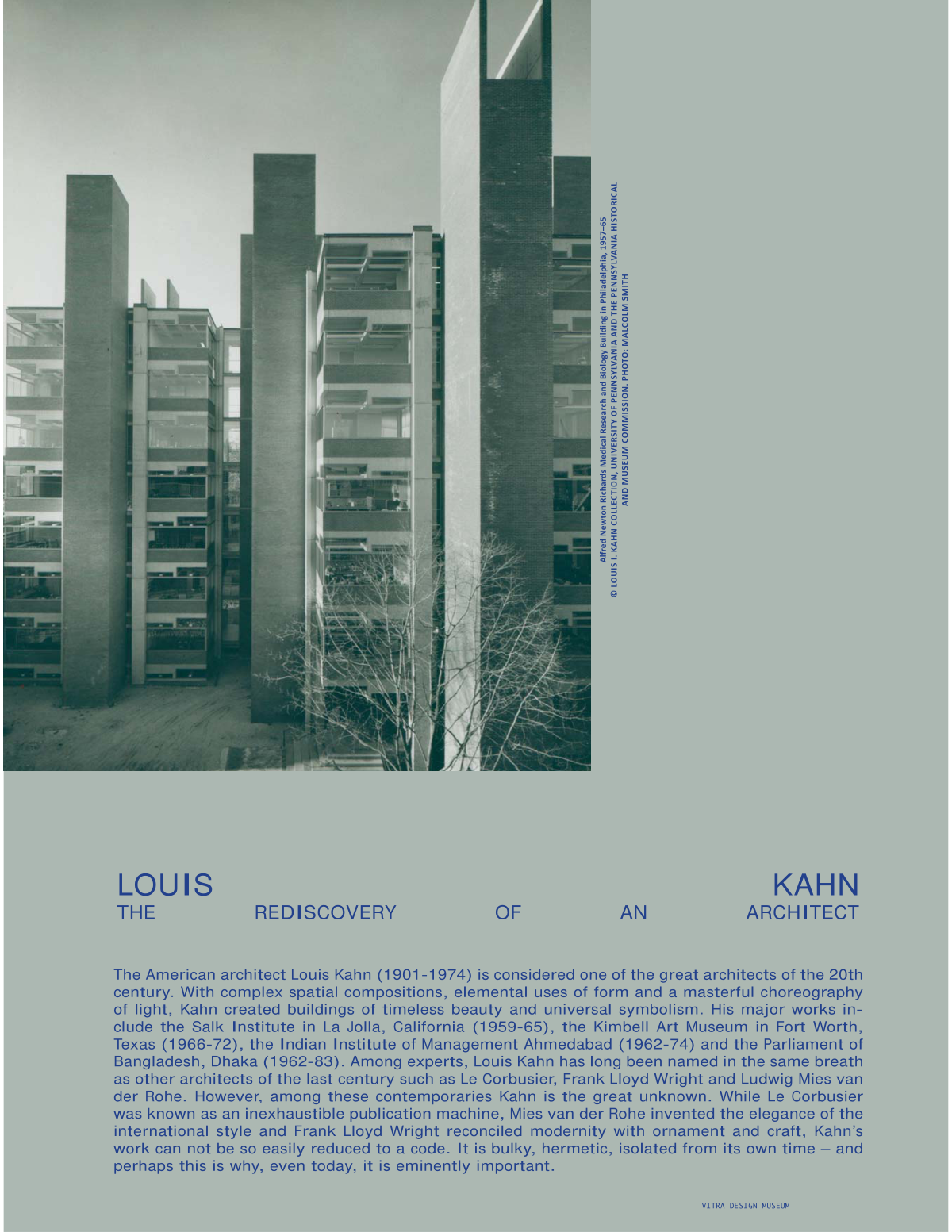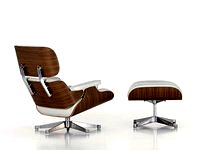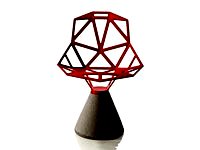The American architect Louis Kahn (1901-1974) is considered one of the great architects of the 20th
century. With complex spatial compositions, elemental uses of form and a masterful choreography
of light, Kahn created buildings of timeless beauty and universal symbolism. His major works in-
clude the Salk Institute in La Jolla, California (1959-65), the Kimbell Art Museum in Fort Worth,
Texas (1966-72), the Indian Institute of Management Ahmedabad (1962-74) and the Parliament of
Bangladesh, Dhaka (1962-83). Among experts, Louis Kahn has long been named in the same breath
as other architects of the last century such as Le Corbusier, Frank Lloyd Wright and Ludwig Mies van
der Rohe. However, among these contemporaries Kahn is the great unknown. While Le Corbusier
was known as an inexhaustible publication machine, Mies van der Rohe invented the elegance of the
international style and Frank Lloyd Wright reconciled modernity with ornament and craft, Kahn’s
work can not be so easily reduced to a code. It is bulky, hermetic, isolated from its own time – and
perhaps this is why, even today, it is eminently important.
LOUIS
KAHN
THE
REDISCOVERY
OF
AN
ARCHITECT
Alfred Newton Richards Medical Research and Biology Building in Philadelphia, 1957–65
© LOUIS I. KAHN COLLECTION, UNIVERSITY OF PENNSYLVANIA AND THE PENNSYLVANIA HISTORICAL
AND MUSEUM COMMISSION. PHOTO: MALCOLM SMITH
VITRA DESIGN MUSEUM







